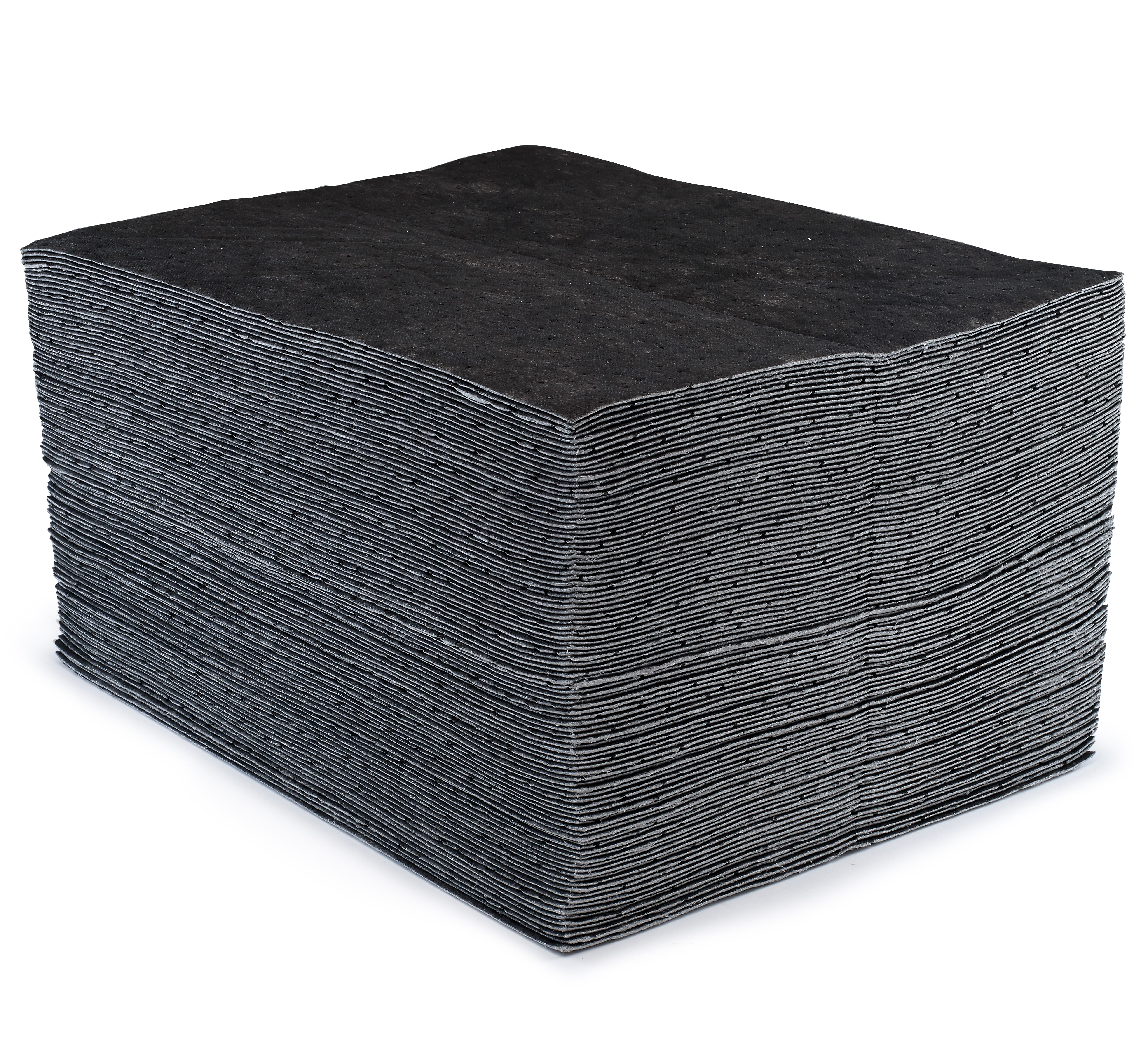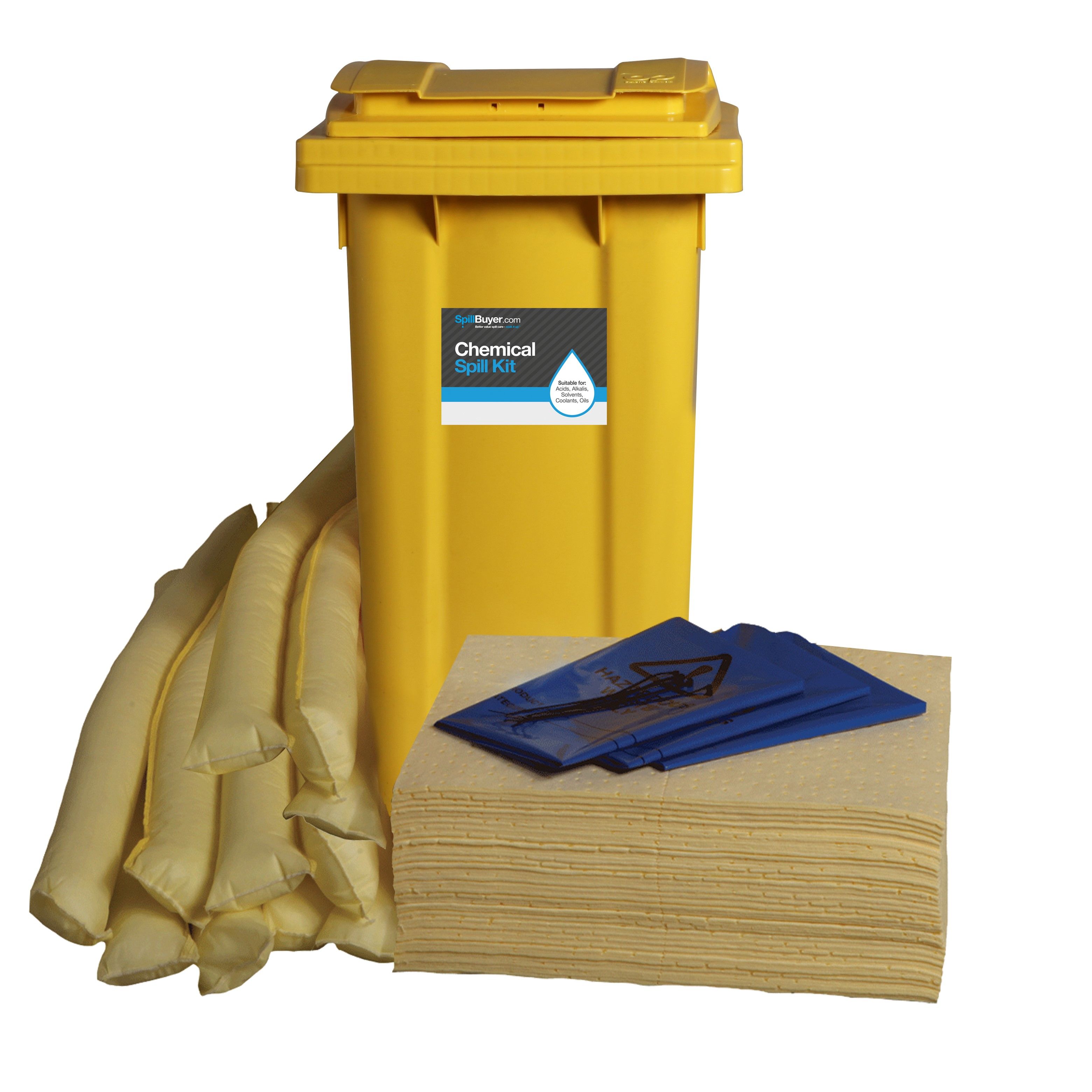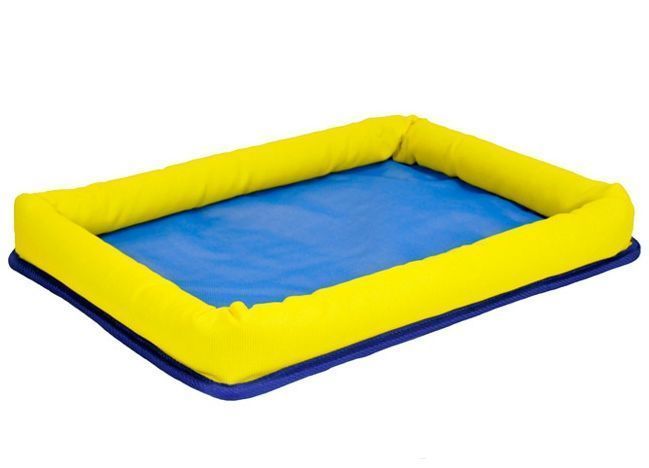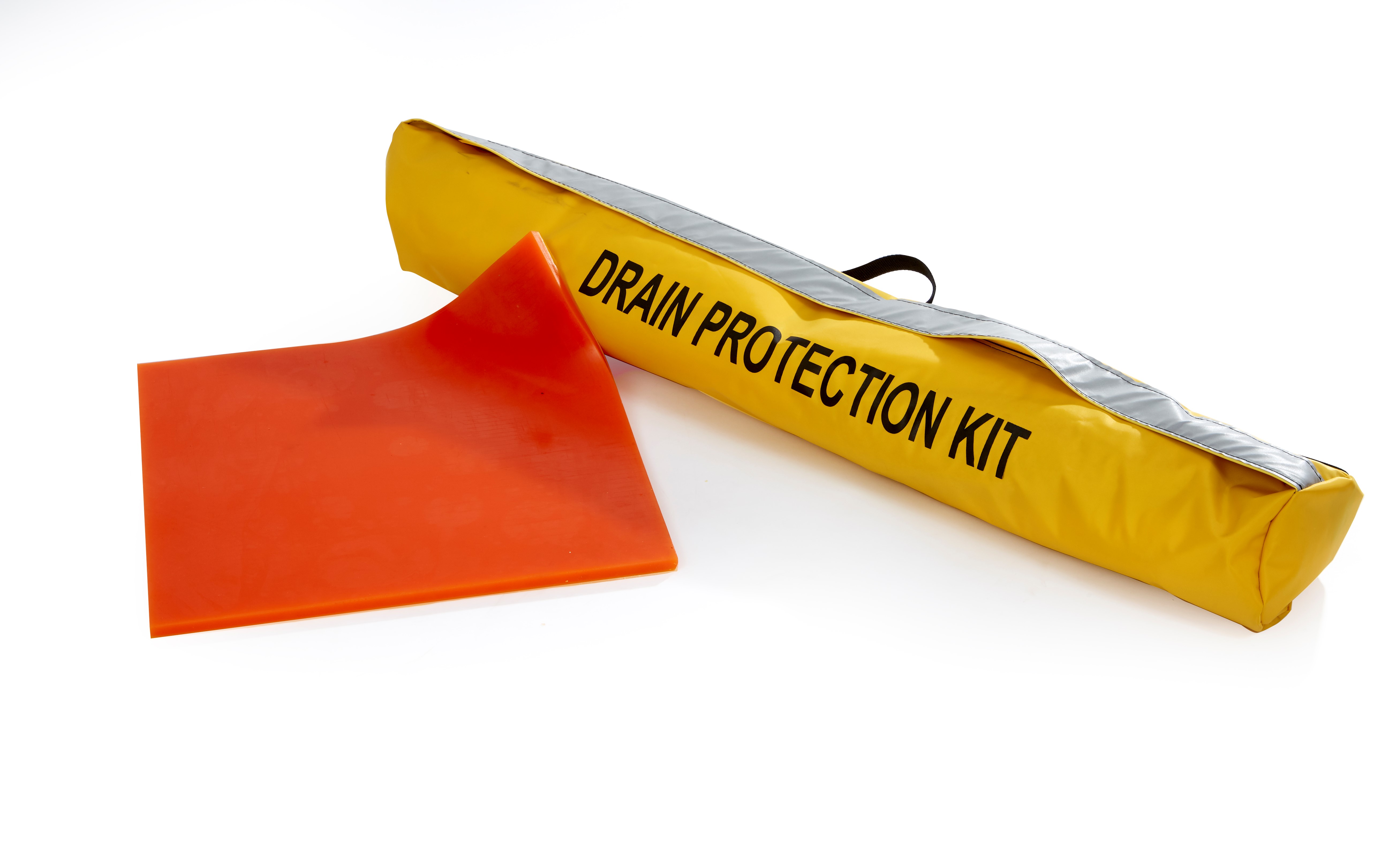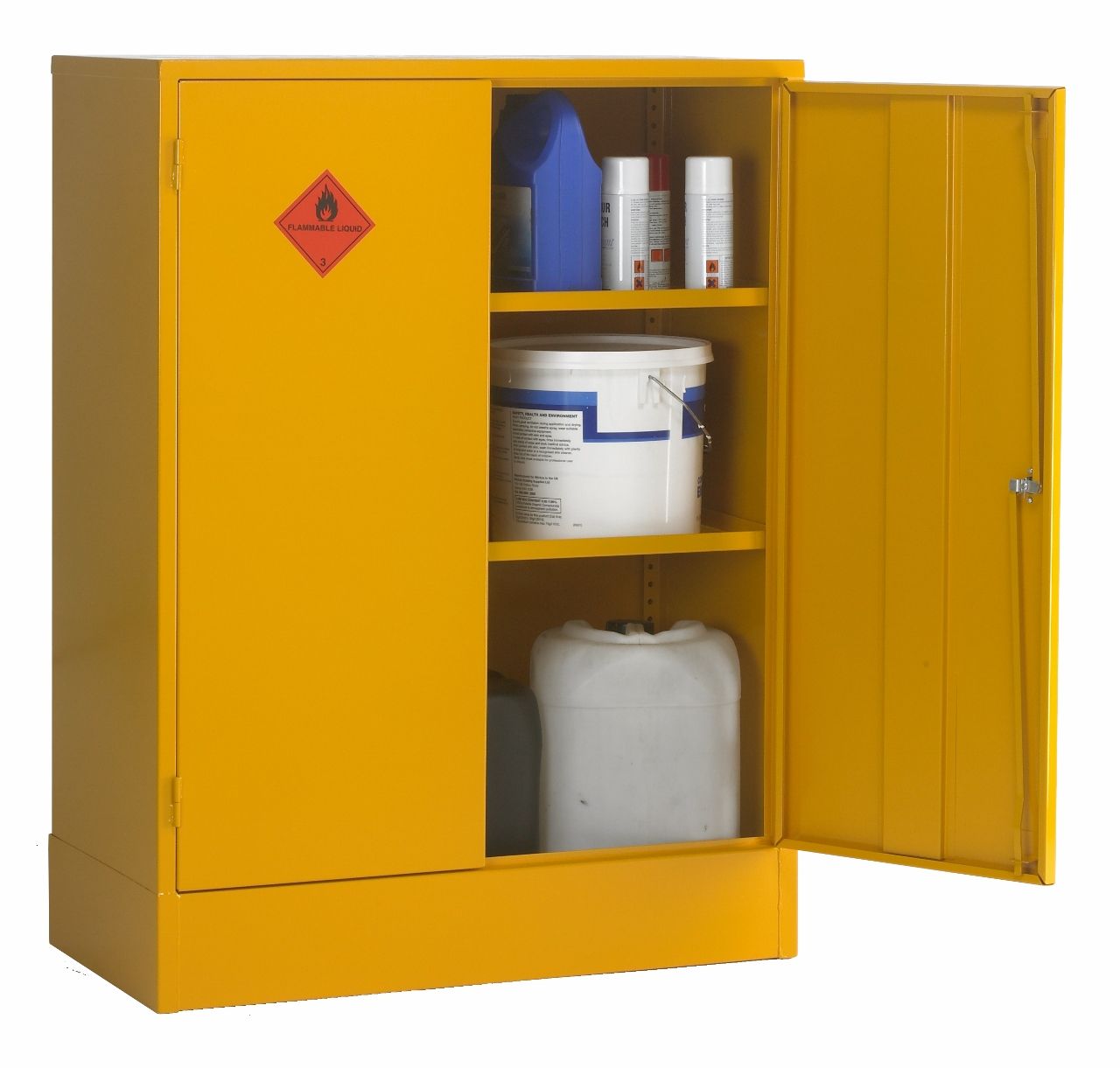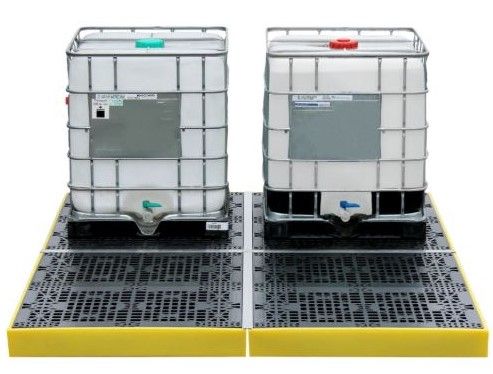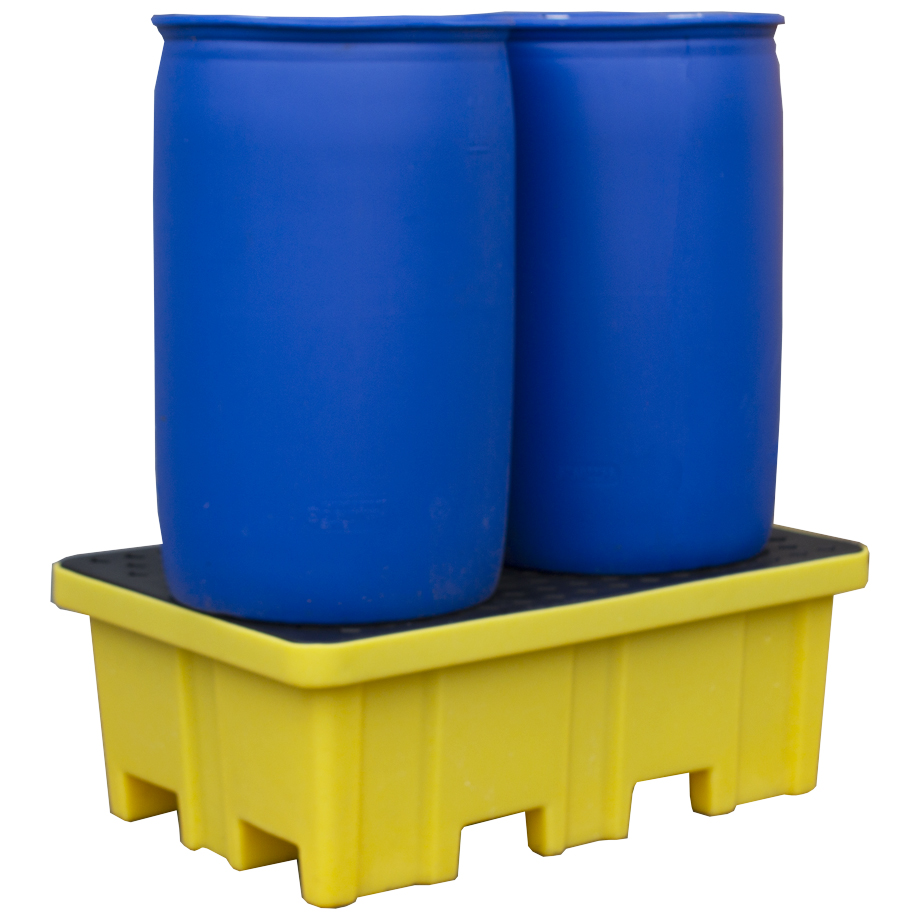In the cold winter months, slippery surfaces become an everyday hazard as rain, ice and snow present a perilous obstacle to both employees and visitors on your business premises. Wet and icy conditions increase the likelihood of slip and fall accidents, which can result in serious injuries. The Health and Safety at Work Act makes it clear: UK employers have a legal duty to manage risks to those affected by their business. Further, the condition of your flooring can be compromised by cold and moisture, leading to costly repairs. However, taking the right precautionary measures can protect your flooring from damage and mitigate the risk of accidents.
SafetyBuyer understands the importance of maintaining safe and secure flooring during the winter months. In the following guide, we explore ways to make sure your premises' floors are walkable and safe during bad weather, and the safety solutions that can help you achieve this.
Planning ahead for cold weather
Begin by conducting a thorough assessment of your premises. This involves checking for any existing damage or wear that could be exacerbated by wet or icy conditions. Look for cracks that can harbour water and expand when it freezes, loose tiles that may shift or lift, and any uneven areas that pose a tripping hazard. Consider the material of your flooring; some surfaces may become particularly hazardous when wet.
Map out high-traffic areas, as these will need robust safety measures due to the increased risk of wear and moisture ingress. Then, identify external areas that may require extra attention, such as steps, ramps and walkways that could become slippery when icy. Ensuring that anti-slip mats and water-absorbent matting are in place before the rainy season begins.
Carry out regular maintenance, including routine checks and prompt repairs of any issues that could pose a risk in cold and wet conditions. It’s also vital to keep drainage areas clear to prevent water accumulation and to ensure that gutters and downpipes are directing water away from walking surfaces. Stock up on safety essentials like extra grit, wet floor signs and replacement non-slip mats to ensure you are prepared for every possibility.
Essential safety products for winter
To maximise floor safety during the winter, equip your premises with products designed to prevent accidents and injuries, such as:
- Anti-slip floor panels: these are essential for areas where slips and trips are a high risk due to wet or icy conditions. They provide a durable and high-traction surface that can be applied to a variety of locations, ensuring stability underfoot.
- Anti-slip stair nosing: staircases are particularly hazardous in winter. Anti-slip stair nosing can be fitted to the edge of each step, providing a clearly visible, high-grip surface to help prevent slips and falls on stairs.
- Anti-slip glass-reinforced plastic (GRP) stair tread covers: for an extra layer of safety on staircases, these stair tread covers offer an easy-to-install solution that fits over existing steps. Made from tough GRP, they resist wear and tear even in high-traffic areas, reducing the risk of accidents.
These products are specifically designed to address the increased risks presented by wet and cold conditions, offering a comprehensive approach to winter floor safety.
Installation tips and best practices
For safety products to perform effectively, they must be installed correctly. Here are some best practices to ensure your installations are effective and long-lasting:
- Ensure that the surfaces where products will be installed are clean, dry and free of debris to improve adhesive strength when the solution sticks to the floor.
- Once in place, make sure products are firmly secured to the floor or stair surface. Check for any movement or lifting edges, as these can become tripping hazards.
- Install products in places where they are clearly visible. Consider using contrasting colours for stair nosing and tread covers to mark the edge of steps.
- After installation, schedule regular inspections to ensure your anti-slip products remain securely in place and in good condition. This is especially necessary in high-traffic areas.
- Be prepared to carry out maintenance tasks, such as reapplying adhesive or replacing worn products as necessary.
Daily routines such as clearing snow and spreading grit can prevent ice from forming on external walkways. For internal flooring, frequent mopping and drying are necessary to maintain a safe walking surface. Always have a plan for unexpected issues to ensure you can take the necessary steps as soon as possible.
Legal obligations of employers
In the UK, employers are legally required to protect the health and safety of their employees and others who may be affected by their work activities, which includes maintaining safe flooring conditions. Adhering to the Workplace (Health, Safety and Welfare) Regulations 1992, specifically Regulation 12 which relates to the condition of floors and traffic routes, is a fundamental part of this duty. There are several approaches businesses should use to ensure they meet their obligations:
- Risk assessments: conduct regular risk assessments to identify potential slip and trip hazards on the premises, as required by the Management of Health and Safety at Work Regulations 1999.
- Use approved products: ensure that the floor safety products you install, whether anti-slip panels and stair nosings or something else, conform to UK safety standards. Simply purchasing solutions without making sure they meet the appropriate standards is not enough to help you avoid legal liability.
- Record keeping: keep detailed records of all the safety measures you implement, including purchase dates, installation processes and maintenance activities. These records may be necessary in the event of a health and safety inspection.
- Staff training: train your staff on the new safety features, how to use them correctly, and the importance of reporting potential safety issues.
- Continuous monitoring: stay updated on changes in safety regulations and standards to ensure ongoing compliance. This includes revisiting and revising risk assessments and safety protocols regularly.
Following these steps helps ensure that your business is not only providing a safe working environment but is also compliant with UK health and safety laws, reducing the risk of accidents and potential legal consequences.
At SafetyBuyer, we understand the requirements of employers, and these are especially relevant in the colder parts of the year. All of our products meet the requirements set by the Health and Safety Executive. By purchasing from us, you can be confident that you are prioritising your employees' safety. To learn more, browse our store, or call us today on 0800 043 0161 with your query.
 Over 12,000
Over 12,000  Simple no quibble
Simple no quibble  Prompt dispatch &
Prompt dispatch &  UK Mainland Delivery
UK Mainland Delivery 





